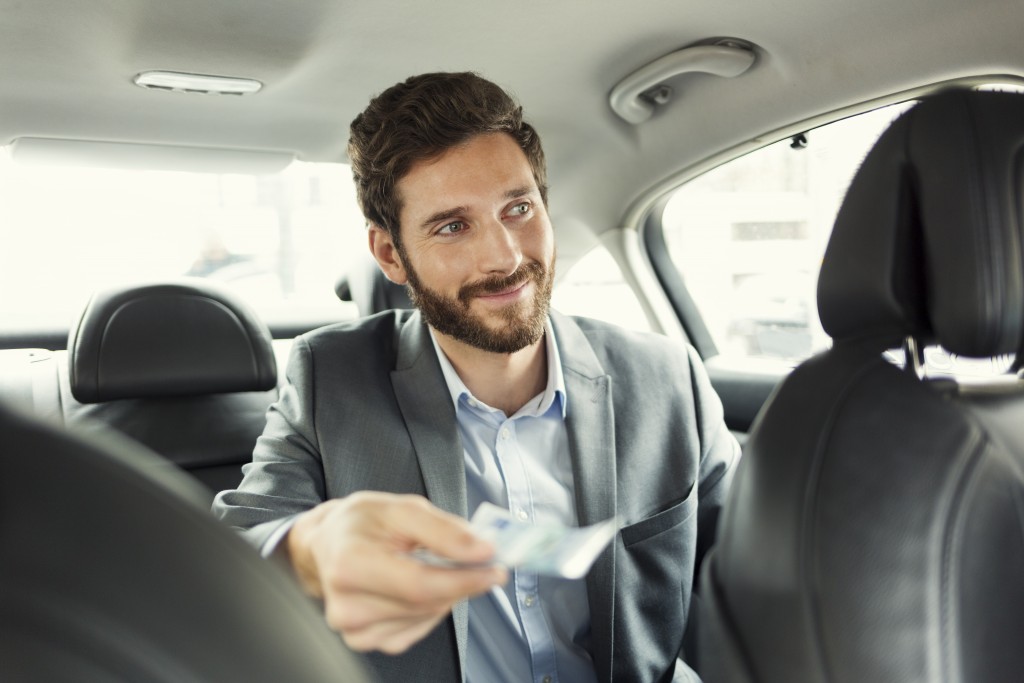When the pandemic started and shelters-in-place were implemented, one industry that was deemed essential was ride-hail services.
While most folks were sent back to their homes to let the frontline workers deal with the repercussions of the health crisis, public transport became scarce because of social distancing. For this reason, ride-hail services such as Uber and Lyft and other similar services in the private transportation industry were called in to help transport other frontliners to their workplaces.
With fears of contracting the disease via public transport, ride-hail has become a suitable substitute for buses and trains.
Double Whammy
Ride-hail drivers are caught between a rock and a hard place in this situation. A lot of them are grateful that they were somehow counted in the smaller population that are still earning during this time, even if their income has been slashed to half their usual.
If they choose not to work, they and their families will go hungry. Some of these drivers live on a road-to-mouth basis. However, with the service that they continue to provide, they are faced with greater health risks of inviting the virus into their vehicles.
While some of them aren’t as concerned with getting sick as much as they are worried about how much money they get to bring home, the dilemma is clearly present.
This also puts would-be passengers at great risk. And it’s not something as easily dealt with by an Uber accident attorney. Let’s say one passenger claims to have acquired the disease in a ride via Uber or Lyft, an extensive amount of contact-tracing will need to be carried out to prove that the virus was contracted during the ride.
High are the risks of stopping, high are the risks of continuing.
America Reopening

As several states are now underway in their attempts at reopening their economies, there is now a greater risk for ride-hail service providers and users.
Just because the state has declared it is now easing slowly back into what was, the threat of COVID-19 is still a reality. The CDC has recommended that states reopening still implement strict security measures for public health and safety.
The conflict between ridesharing and the CDC’s social distancing obviously shows much tension and some confusion to the riding public.
At this point, rideshare and other similar transport services need to put in place safety measures of their own for the protection of both the driver and passengers. This is in keeping with the new normal being introduced into society.
On top of wearing a mask, a face shield, and gloves at work, the driver needs to disinfect the vehicle after each completed ride, making sure to wipe the backseat and other high-contact surfaces with alcohol or disinfectant.
Some drivers have installed plastic barriers around the driver’s seat to separate them from the passengers, increasing their protection. Companies are also going down the contactless-transactions route by not accepting cash payments and only transacting using other digital and online means.
Since we’re all venturing into uncharted territory with this pandemic, we will see a lot of trial-and-error processes, including ride-hailing services. As people continue to look for the best possible solutions to our pressing concerns, let us extend greater patience and understanding to each other.

